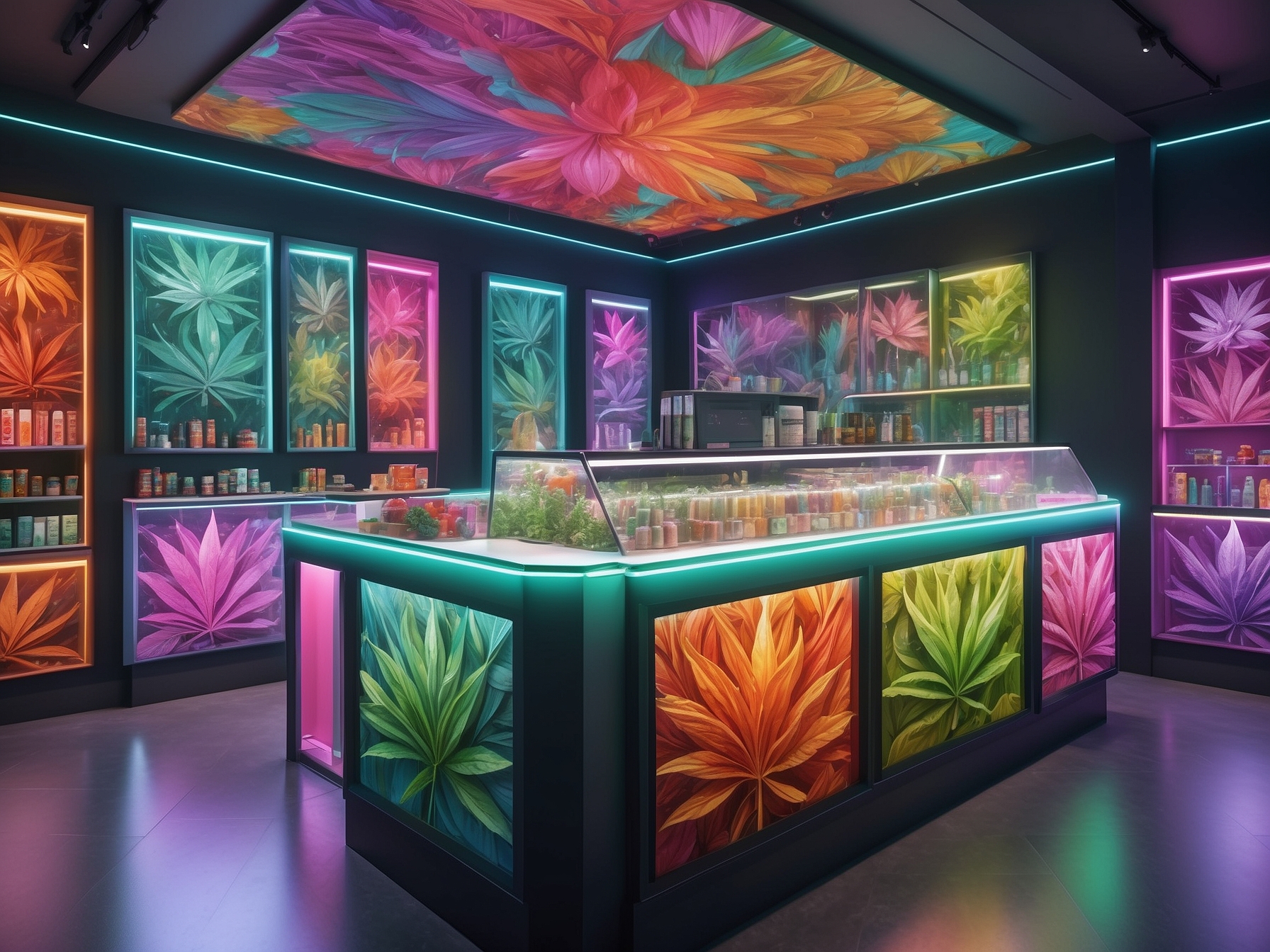
What Does the Future of Retail Cannabis Packaging Look Like?
[ad_1]
N2 also uses pull tabs and child-resistant, senior-friendly lid apparatuses that combine compliance with accessibility. Most of the 13 patents N2 holds in the U.S., Canada, and 11 other countries center around the locking and connecting mechanisms for the actual lid adherence to the can.
“What we are responsible for is building a better mousetrap,” Brodeur said.
“For us, making it difficult for small hands, young hands, or unsophisticated hands to be able to put pressure points on the lids in the right places and the twists and alignment moments that are needed has been core to the technology that makes our packaging one of the safest options.
“But what we’ve also been mindful of is that pressure for adult or senior hands when it comes to pressure points and clicking and locking mechanisms also has to be fluid. And so, we’ve created rim systems inside of the cans that allow for easier slides for folks who understand how to use child-resistant lids to make it easier for them to access them.”
Green is in N2’s DNA
Many industries have had to play catch-up when it comes to sustainability. The cannabis industry, however, has largely been a leader in the field.
Cannabis companies like N2 are making commitments to organizations like the Sustainable Cannabis Coalition, Sustainable Packaging Technology Group, and the ASTM, which decides standards on packaging across a variety of industries.
“We are engaged with those groups because we really do think it’s important that the more voices there are to help shape the policy and the guidelines going forward, the more the regulations don’t become so onerous that we can’t move and do the things we need to do commercially,” Brodeur said.
“But B, that there’s some unification and some standardization ultimately in the way that packaging is treated since it is both a first impression for the consumer and their first experience with a product.”
Brodeur explained that N2 was founded with sustainability in mind from the beginning. Each 2Can with N2 nitro inside is made from recycled aluminum and tin alloys.
All raw materials are sourced from recycled or recyclable materials. Anything that has to be manufactured from scratch comes through a composite process.
“One of the biggest things for us is reducing the use of single-use or even multi-use plastics,” Brodeur said.
Big Problems Require Big Solutions
The COVID-19-related supply chain crisis has hit the world hard over the past few years. The slow boat from China became infinitely slower, and companies had to adapt or die.
N2 chose the former option, moving more than half its manufacturing facilities to the U.S., a decision that has allowed the company to continue thriving in the harshest of economic ecosystems. And if you think reorienting a massive part of a company’s operations to another country is a challenge, you would be right.
“I will tell you it wasn’t easy, and it certainly sounds a lot easier on paper until you get started,” Brodeur said.
One of the most unexpected challenges was managing branding and consumer perception. Nuances in color on the cans from Chinese to American manufacturers are recognized by customers, so a small issue like color-matching can take up more time than anticipated—something to which we can all relate.
[ad_2]


